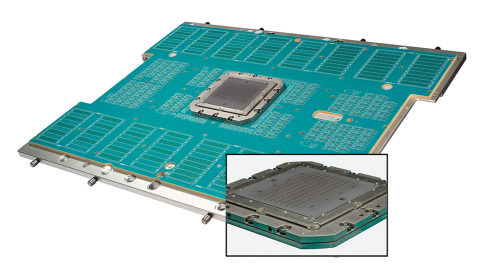Cameron Harker and Yohannes Desta, PhD, recently presented at the SWTest 2021 Conference. Their presentation – Challenges of Expanding Large Area Arrays for Fine Pitch Vertical Probe Cards – was awarded the Best Data Presentation of the Conference.
Semiconductor manufacturers are on a relentless drive to reduce the total cost of test at sort. A major contributor to reducing cost of test is increasing simulations of the Device Under Test, which requires a subsequent increase in the probe card active area. FormFactor has developed a new probe card architecture to address the challenges of fine pitch, high CCC, and high temperature range for wire bond probing applications.
One industry that is driving this new probe card architecture is the automotive semiconductor market. The automotive IC market is forecasted to grow to about $40 billion in 2021, with a forecasted 16.8% CAGR between 2021 – 2025. Add in the additional demand and chip shortage caused by the pandemic, and the timing for this new probe card architecture is good!
Challenges for automotive semiconductor test that are addressed with the new probe card architecture include:
- Test temperature extremes continue to increase
- Structures are typically peripheral pads for wire bond applications
- Pad pitch continues to shrink
- Pad sizes are being reduced to support die size shrinks
- Dense device circuitry under the pads
- Devices can be sensitive to CRES and CRES variation
- Automotive suppliers are driving reduced costs to stay competitive
To meet these challenges, and to increase the probe card active area, FormFactor developed a new probe card architecture – Large Area Arrays (LAA). For details on this new architecture and how it meets the growing demands on the automotive IC market, download the presentation here (PDF).
